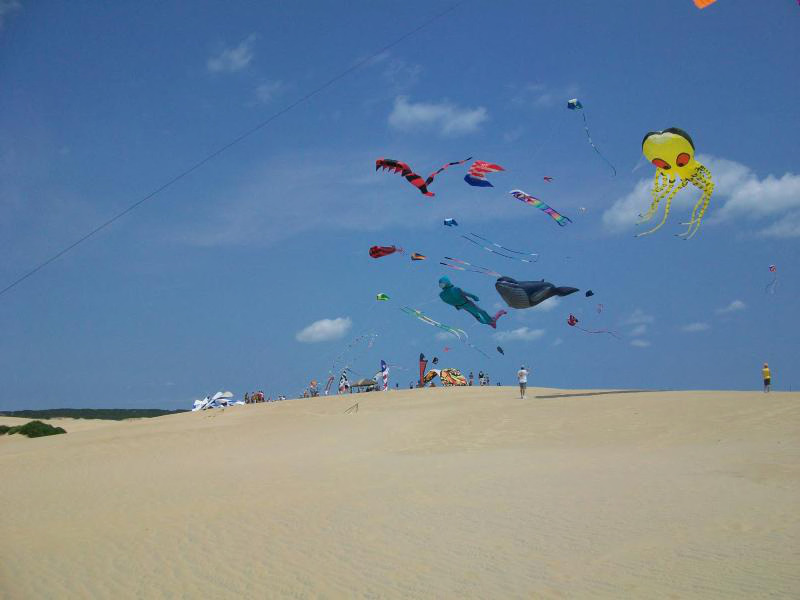
This post has been updated
Along with hot summer days comes the possibility of algal blooms in state waters.
Supporter Spotlight
The North Carolina Department of Environmental Quality Division of Water Resources reminded the public Monday to avoid contact with discolored water that could indicate the presence of an algal bloom.
Certain algae can create toxins that can lead to adverse health effects in humans, pets and aquatic organisms. Blooms that can cause negative effects on people, animals and the environment are called harmful algal blooms. You cannot tell by looking at a bloom whether it is harmful, state officials said.
While algae are a natural occurrence in all waterbodies, certain environmental conditions can cause rapid cell growth called blooms. These conditions include increased nutrients, such as nitrogen and phosphorus, elevated temperatures, increased sunlight, and low or no water flow.
“Algal blooms can occur throughout the year, but conditions during the warmer months help to increase the number of blooms that occur,” Daniel Wiltse, Algae bloom response coordinator with the Division of Water Resources, said in a statement.
Algal blooms can appear as surface scums, which look like spilled paint and can be bright green, red, brown or blue. Blooms can also appear as dense, macroscopic growths called algal mats that float on the water surface, or discoloration throughout the water column. Bloom movement is dictated by wind and wave action. Decaying algae may produce a strong, foul odor across a large area.
Supporter Spotlight
The North Carolina Department of Health and Human Services, Division of Public Health encourages the public to avoid contact with large accumulations of algae and to prevent children and pets from swimming or ingesting water in an algal bloom. Remember: when in doubt, stay out!
Division of Public Health staff suggests the following steps to safeguard against algal blooms:
- Keep children and pets away from water that appears bright green, blue, discolored, or scummy.
- Do not handle or touch large mats of algae.
- Avoid handling, cooking, or eating dead fish that may be present.
- If you come into contact with an algal bloom, wash thoroughly.
- Use clean water to rinse off pets that may have come into contact with an algal bloom.
- If your child appears ill after being in waters containing an algal bloom, seek medical care immediately.
- If your pet appears to stumble, stagger, or collapse after being in a pond, lake, or river, seek veterinary care immediately.
To report an algal bloom, contact the nearest DEQ regional office or submit a report online. To view reported algal bloom events, visit DWR’s Fish Kill & Algal Bloom Dashboard.
To learn more about algal blooms visit the DWR website. For more information on the potential health effects from algal blooms, visit the DPH website.







